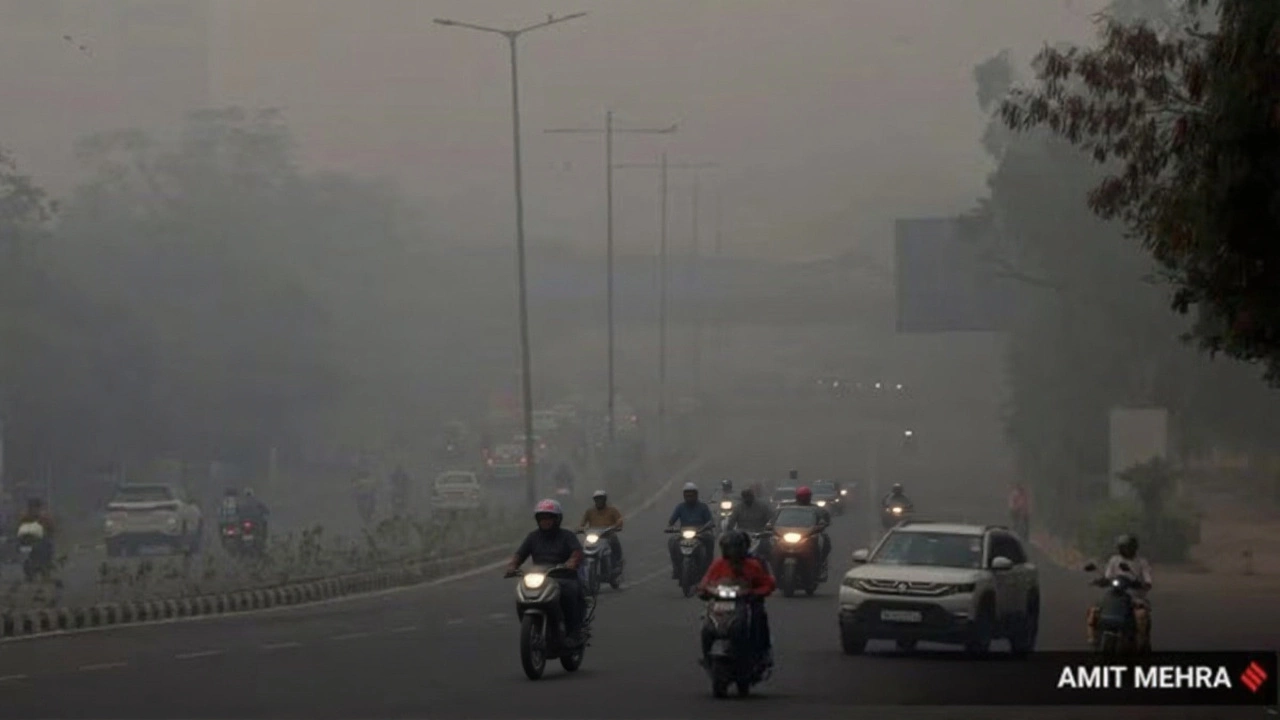Delhi Air Pollution – Latest Updates and Insights
When we talk about Delhi air pollution, the mix of smog, dust, and harmful particles that blankets the city, especially in winter, affecting health and daily life. Also known as DQI spikes, it encompasses high concentrations of fine particles, vehicle fumes, and seasonal crop‑burning smoke. The Air Quality Index, a numeric scale that tells you how clean or polluted the air is at any moment is the go‑to metric for anyone checking the morning forecast. In Delhi, the AQI often crosses the hazardous threshold, meaning the city’s PM2.5 levels, which are particles smaller than 2.5 micrometers, soar above safe limits. These tiny particles slip deep into lungs and trigger respiratory problems, especially for kids and the elderly.
Key Drivers Behind the Haze
The story of Delhi’s smog isn’t just about one source. Vehicle emissions, exhaust from cars, buses, and two‑wheelers that release nitrogen oxides and particulate matter are a constant pressure cooker, especially during rush hour. Add to that the seasonal practice of crop burning, the open‑flame clearing of agricultural residue in neighboring states that blows smoky plumes into the capital, and you have a perfect recipe for a health crisis. Weather patterns also play a role: low wind speeds and temperature inversions trap pollutants close to the ground, making the air feel thicker. The government’s response has evolved—strict vehicular bans, promotion of electric buses, and the introduction of odd‑even schemes are all attempts to cut the toxin load. Each measure requires public cooperation and reliable monitoring, which is why the AQI dashboards have become a daily habit for many Delhiites.
Below you’ll find a curated mix of stories that touch on these themes—whether it’s a new policy rollout, a health advisory, or a tech tool that helps you track pollution levels in real time. The collection reflects how Delhi air pollution influences everything from politics to daily commutes, and it offers practical tips for staying safe when the air turns sour. Dive in to see the latest updates, understand the underlying causes, and learn what’s being done to clear the skies for you and your family.

Delhi's AQI tops 400 on Nov 28, 2024 as crop burning, stagnant winds and traffic haze trigger Stage IV restrictions and a spike in respiratory cases.





